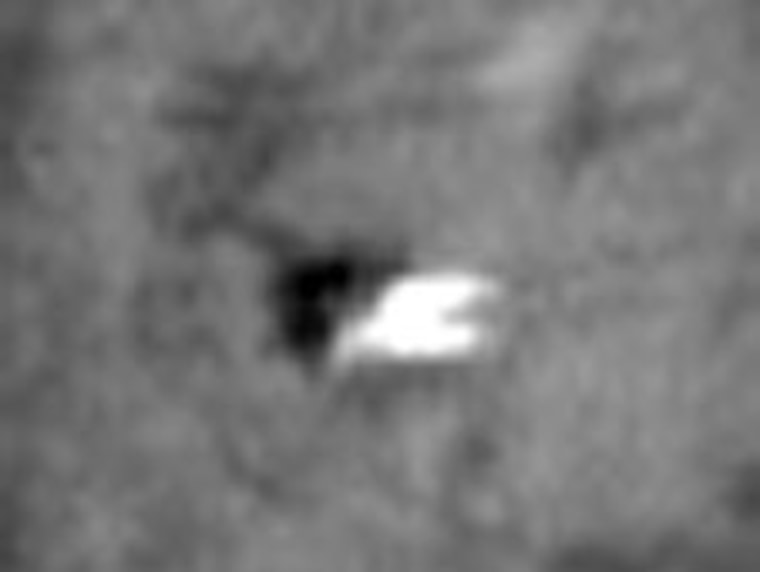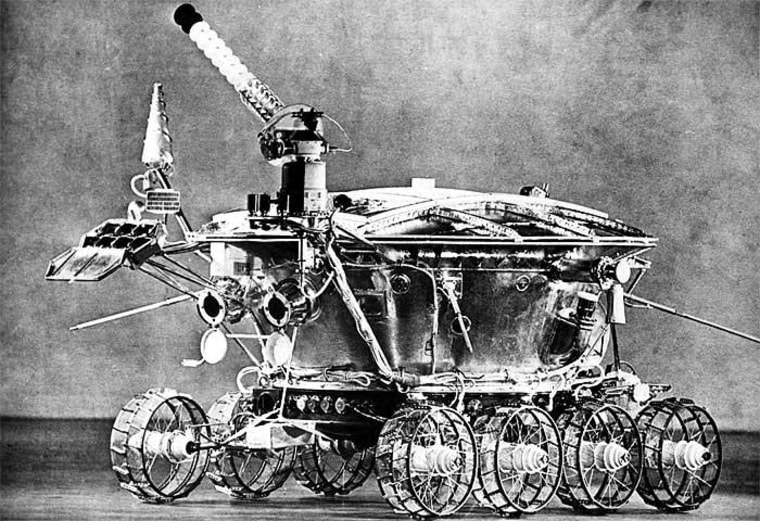In November 1970, a Soviet probe landed on the surface of the moon and released two ramps.
A rover, named Lunokhod 1, descended to the surface to take pictures and conduct experiments. It carried with it a French-made light reflector, which could be used by scientists on Earth to compute distances and better understand lunar geology.
Ten months later, Lunokhod 1 fell silent, its location on the moon unknown. Over the years, scientists occasionally beamed a laser around its last known coordinates, hoping for a return beam from the reflector. They got no response and figured the rover had fallen into a crater or parked itself beneath a cliff, blocking its reflector from Earth.
But their luck changed last weekend when, armed with high-resolution pictures from NASA’s Lunar Reconnaissance Orbiter, scientists zeroed in on the rover.
“It turns out that our previous best-guess position was miles off,” says Tom Murphy, with the University of California, San Diego.

Using a 3.5 meter telescope at the Apache Point Observatory in New Mexico, Murphy and his team sent pulses of laser light toward the newly found rover and found the retroreflector in excellent condition.
“We found it to be surprisingly bright — at least five times brighter than the other Soviet reflector, on the Lunokhod 2 rover, to which we routinely send laser pulses,” Murphy said in a statement about the discovery.
The distance between Lunokhod 1’s reflector and Earth was calculated to within one centimeter (0.4 inches.) A second measurement 30 minutes later allowed scientists to triangulate the reflector’s position on the moon to within 10 meters (32.8 feet). Additional refinements are expected in the coming months.
Scientists are eager to fold Lunokhod 1’s positioning data into an already existing network. In addition to the Soviet reflectors, NASA astronauts placed laser retro-reflectors on the lunar surface during the 1969-1972 Apollo missions to the moon. The information is used to glean insight about the moon’s core and gravity field. Scientists also expect to use the data to learn more about the lunar dust, which seems to be dimming the returning laser light more expected.
"Near full moon, the strength of the returning light decreases by a factor of ten,” Murphy said. "We need to understand what is causing this if we are contemplating putting additional scientific equipment on the moon.”
